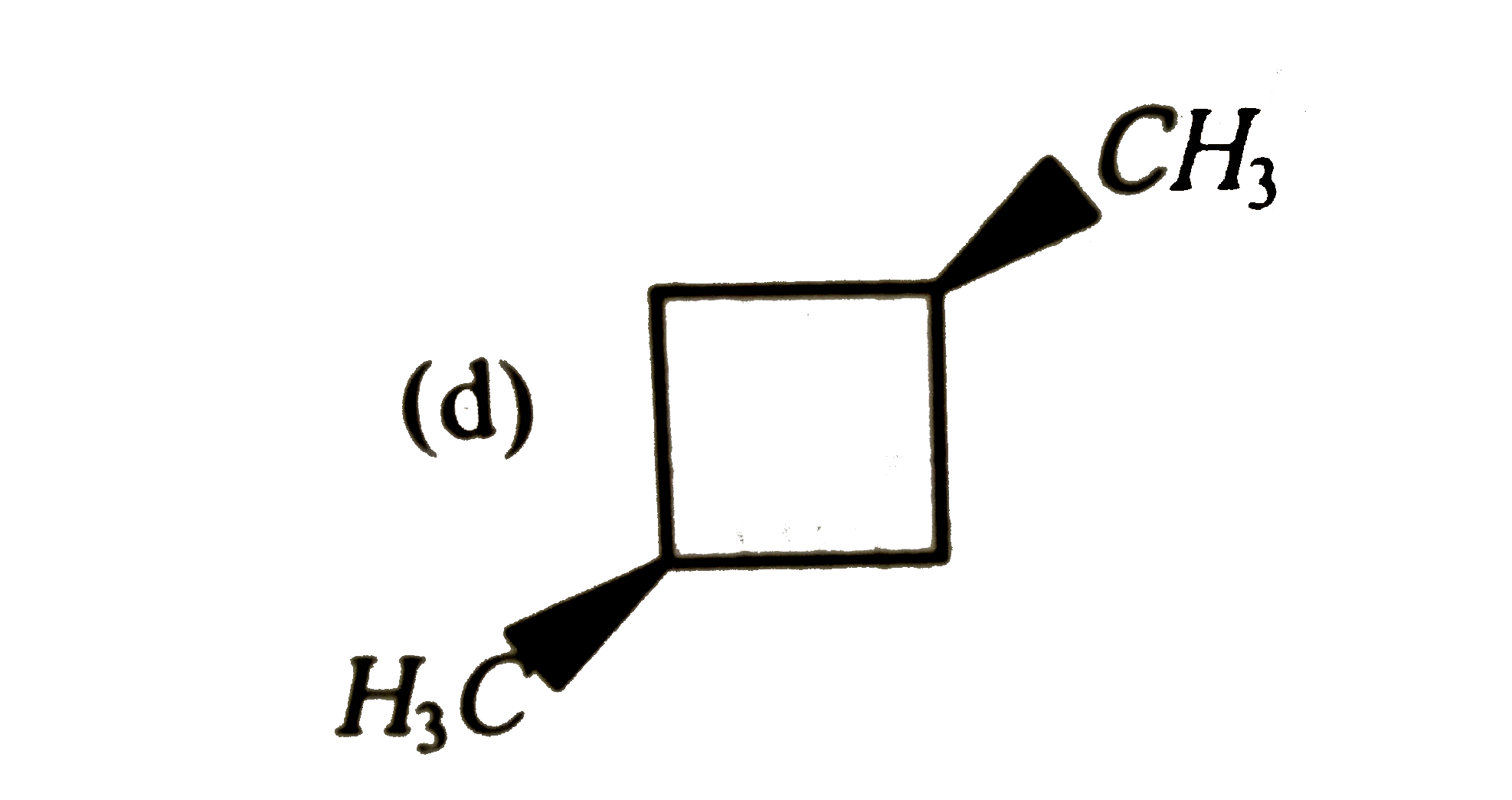Which of the following is an achiral molecule?
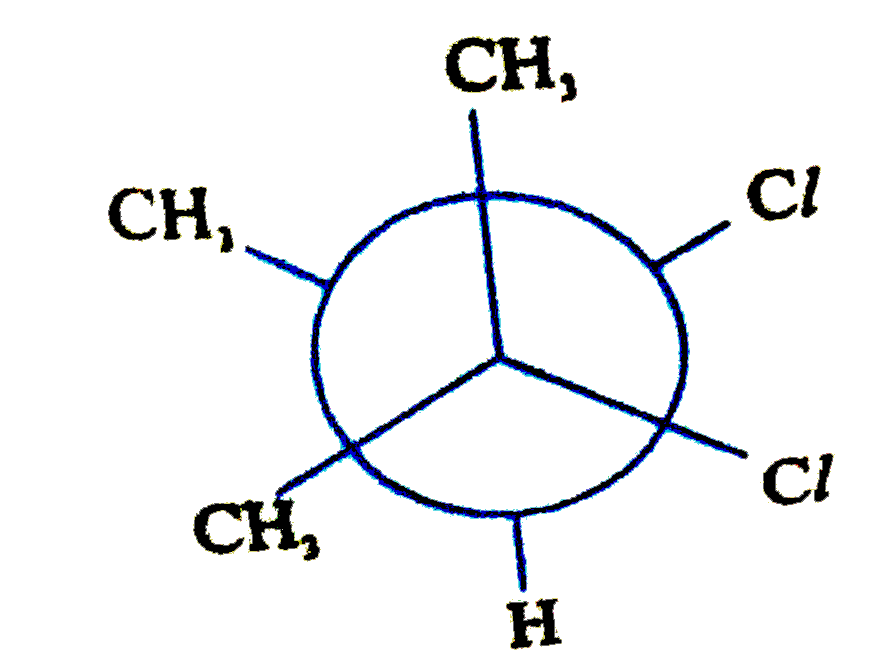
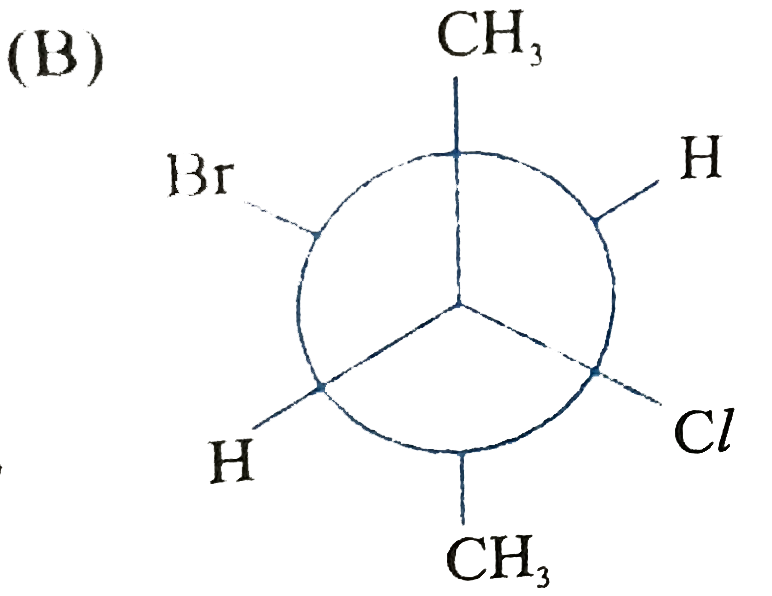
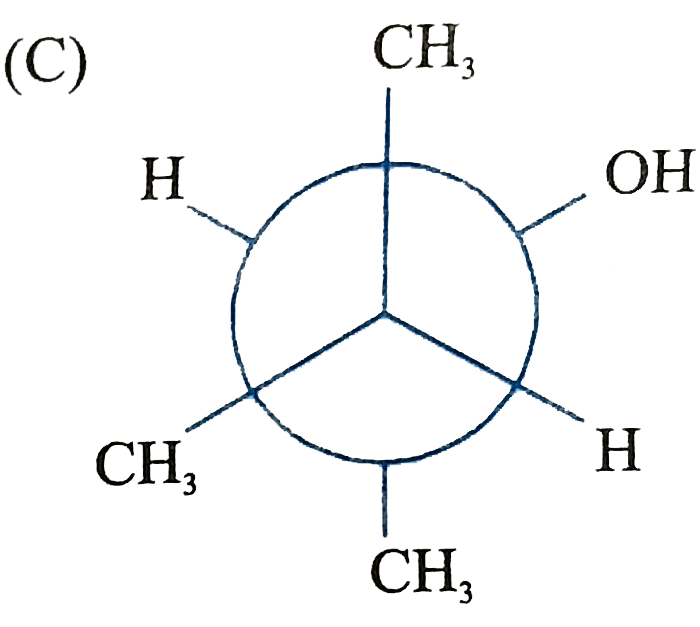
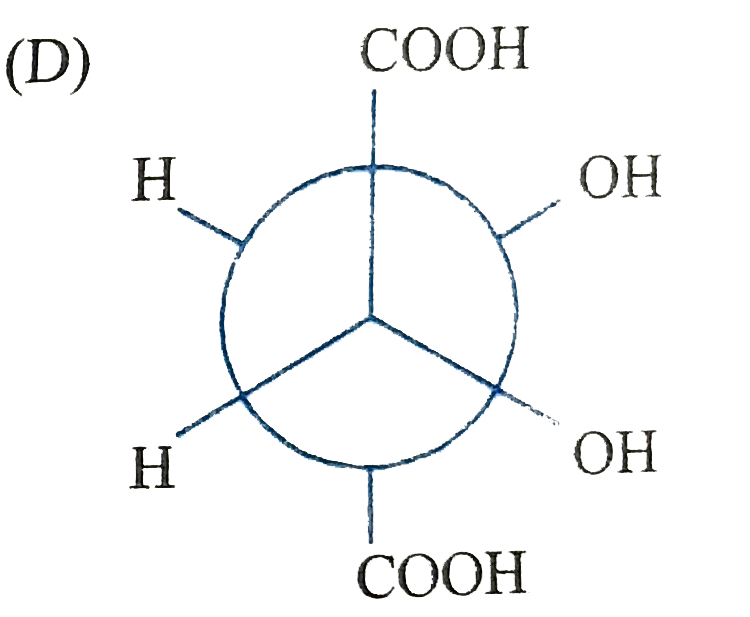
The correct Answer is:A
To determine which of the given molecules is achiral, we need to analyze the substituents on the chiral centers of each molecule. An achiral molecule is one that does not have a chiral center or has a plane of symmetry that makes it superimposable on its mirror image.
1. Understand Chiral and Achiral Molecules:
- Chiral molecules have four different substituents attached to a carbon atom, making them non-superimposable on their mirror images.
- Achiral molecules either lack a chiral center or have a plane of symmetry.
2. Analyze Each Option:
- Option 1: Check the substituents on the carbon atoms. If they have four different groups, they are chiral; if not, they are achiral.
- Option 2: Repeat the analysis for this option. Identify if there are any chiral centers.
- Option 3: Again, check for chiral centers and the nature of the substituents.
- Option 4: Look for a plane of symmetry or identical substituents that would make the molecule achiral.
3. Identify Chiral Centers:
- For each molecule, identify if there is a carbon atom with four different substituents.
- If there is a carbon with two identical substituents, it cannot be chiral.
4. Determine the Presence of a Plane of Symmetry:
- If a molecule has a plane of symmetry, it is achiral, even if it has chiral centers.
5. Conclusion:
- After analyzing all options, identify which one does not meet the criteria for chirality.
- The correct answer is the option that is achiral due to either having no chiral centers or having a plane of symmetry.
Final Answer:
- Option 4 is the achiral molecule because it has a plane of symmetry, making it superimposable on its mirror image.
- Chiral molecules have four different substituents attached to a carbon atom, making them non-superimposable on their mirror images.
- Achiral molecules either lack a chiral center or have a plane of symmetry.
- Option 1: Check the substituents on the carbon atoms. If they have four different groups, they are chiral; if not, they are achiral.
- Option 2: Repeat the analysis for this option. Identify if there are any chiral centers.
- Option 3: Again, check for chiral centers and the nature of the substituents.
- Option 4: Look for a plane of symmetry or identical substituents that would make the molecule achiral.
- For each molecule, identify if there is a carbon atom with four different substituents.
- If there is a carbon with two identical substituents, it cannot be chiral.
- If a molecule has a plane of symmetry, it is achiral, even if it has chiral centers.
- After analyzing all options, identify which one does not meet the criteria for chirality.
- The correct answer is the option that is achiral due to either having no chiral centers or having a plane of symmetry.
- Option 4 is the achiral molecule because it has a plane of symmetry, making it superimposable on its mirror image.
Topper's Solved these Questions
- GENERAL ORGANIC CHEMISTRYBOOK - NARAYNACHAPTER - GENERAL ORGANIC CHEMISTRYEXERCISE - more than one answer type
15 Videos
- GENERAL ORGANIC CHEMISTRYBOOK - NARAYNACHAPTER - GENERAL ORGANIC CHEMISTRYEXERCISE - Comprehension
7 Videos
- GENERAL ORGANIC CHEMISTRYBOOK - NARAYNACHAPTER - GENERAL ORGANIC CHEMISTRYEXERCISE - Integer type questions
29 Videos
- GENERAL ORGANIC CHEMISTRY BOOK - NARAYNACHAPTER - GENERAL ORGANIC CHEMISTRY EXERCISE - LEVEL-II (H.W)
21 Videos
- HYDROCARBONS BOOK - NARAYNACHAPTER - HYDROCARBONS EXERCISE - EXERCISE - 4
18 Videos
Similar Questions
Knowledge Check
Which of the following is a chiral molecule ?
A2,4-dimethyl-1, 3-hexadieneB2,4-octadieneC2,3-octadieneDNone of theseWhich of the following is a chiral molecule ?
A B
B C
C D
D
Which of the following is a chiral molecule
A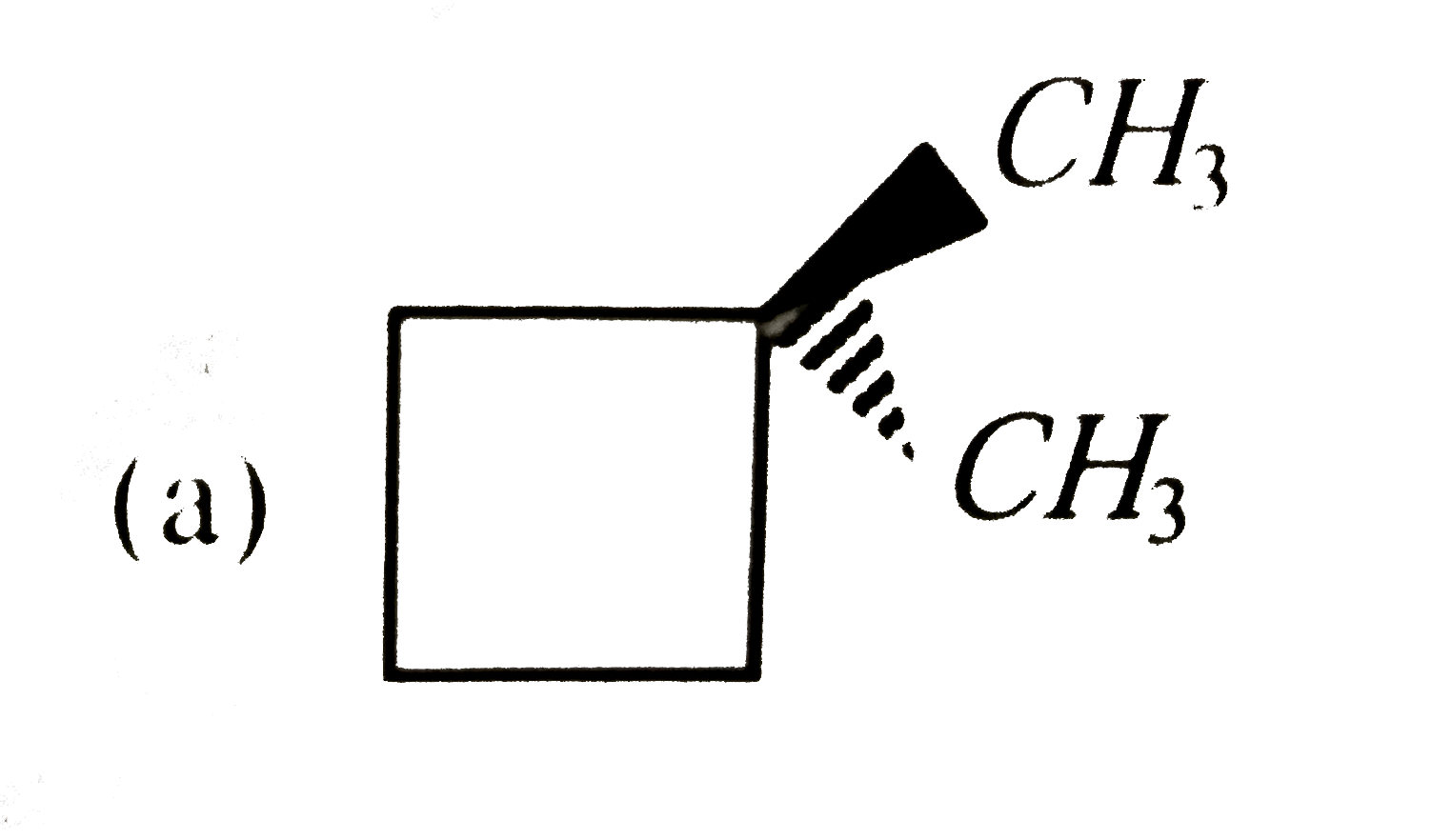 B
B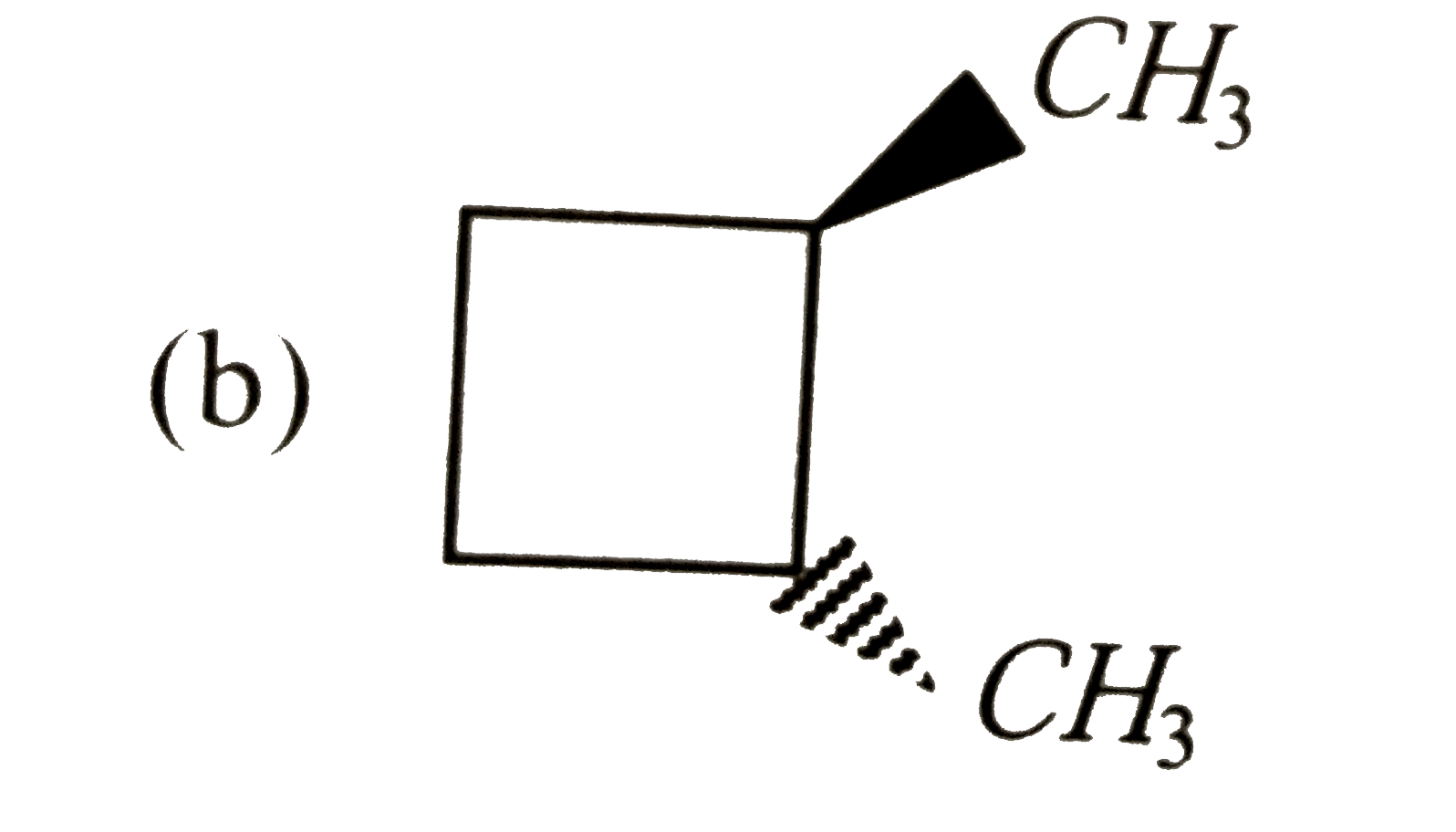 C
C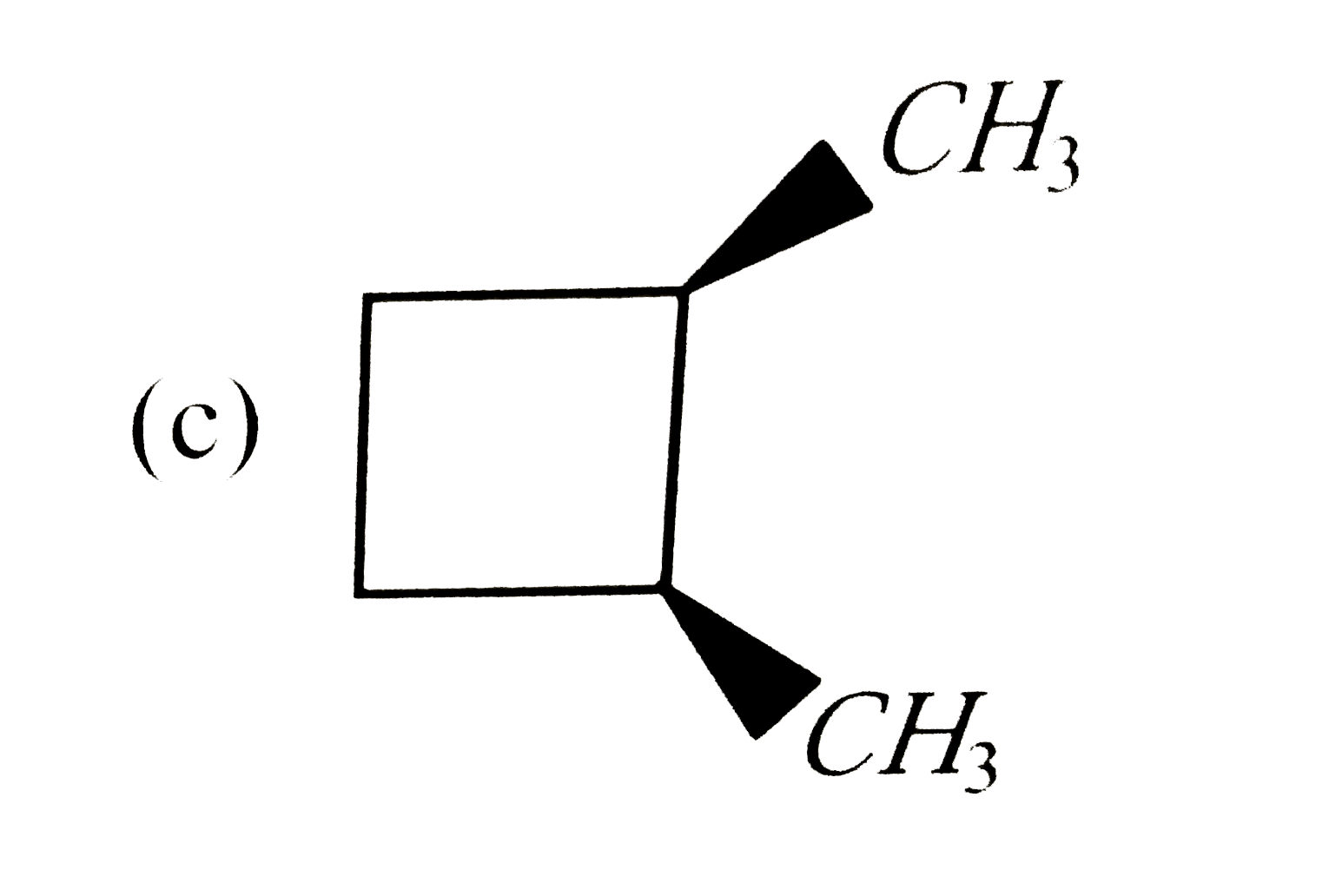 D
D